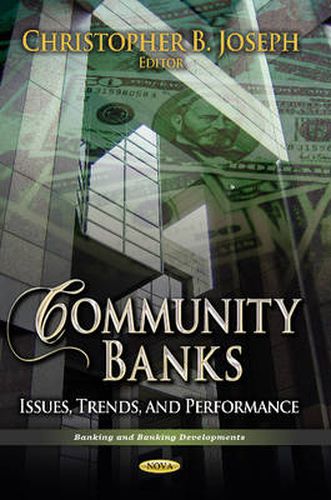Readings Newsletter
Become a Readings Member to make your shopping experience even easier.
Sign in or sign up for free!
You’re not far away from qualifying for FREE standard shipping within Australia
You’ve qualified for FREE standard shipping within Australia
The cart is loading…






This book provides an overview of an FDIC Community Banking Study which identifies and explores the issues and questions relating to community banks. To study community banks, it is necessary to define them. In the past, most analysts have used a maximum asset size, often $1 billion. However, using only a size cut-off does not account for industry growth, and the attributes associated with community banks are not exclusively tied to size. The value of community banks has always been associated with the unique combination of services they provide to their customers, as well as the manner in which they do business. Community banks tend to be relationship lenders, characterised by local ownership, local control, and local decision making. By carrying out the traditional banking functions of lending and deposit gathering on a local scale, community banks foster economic growth and help to ensure that the financial resources of the local community are put to work on its behalf. Community banks have always been inextricably connected to entrepreneurship. As of 2011, they held 14 percent of banking industry assets, but 46 percent of the industry’s small loans to farms and businesses.
$9.00 standard shipping within Australia
FREE standard shipping within Australia for orders over $100.00
Express & International shipping calculated at checkout
This book provides an overview of an FDIC Community Banking Study which identifies and explores the issues and questions relating to community banks. To study community banks, it is necessary to define them. In the past, most analysts have used a maximum asset size, often $1 billion. However, using only a size cut-off does not account for industry growth, and the attributes associated with community banks are not exclusively tied to size. The value of community banks has always been associated with the unique combination of services they provide to their customers, as well as the manner in which they do business. Community banks tend to be relationship lenders, characterised by local ownership, local control, and local decision making. By carrying out the traditional banking functions of lending and deposit gathering on a local scale, community banks foster economic growth and help to ensure that the financial resources of the local community are put to work on its behalf. Community banks have always been inextricably connected to entrepreneurship. As of 2011, they held 14 percent of banking industry assets, but 46 percent of the industry’s small loans to farms and businesses.